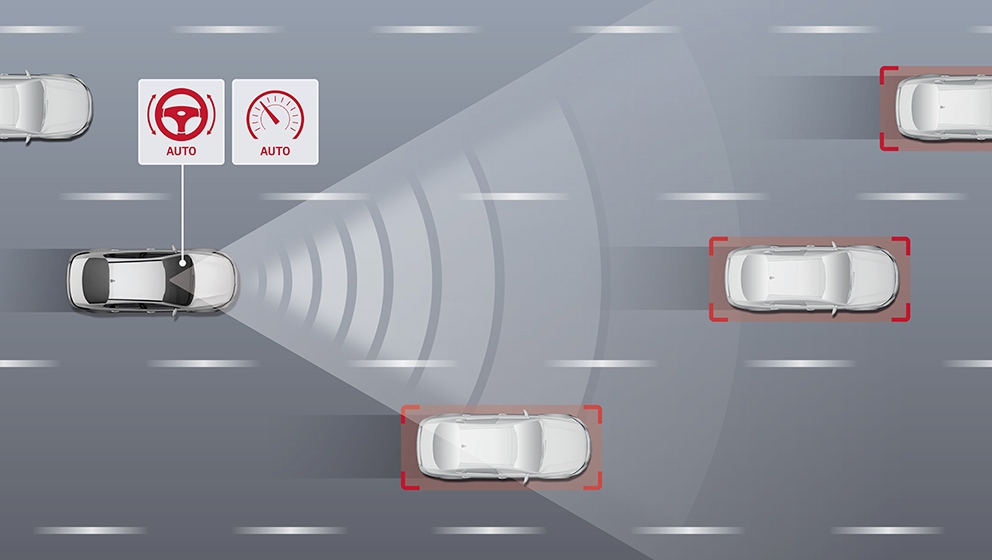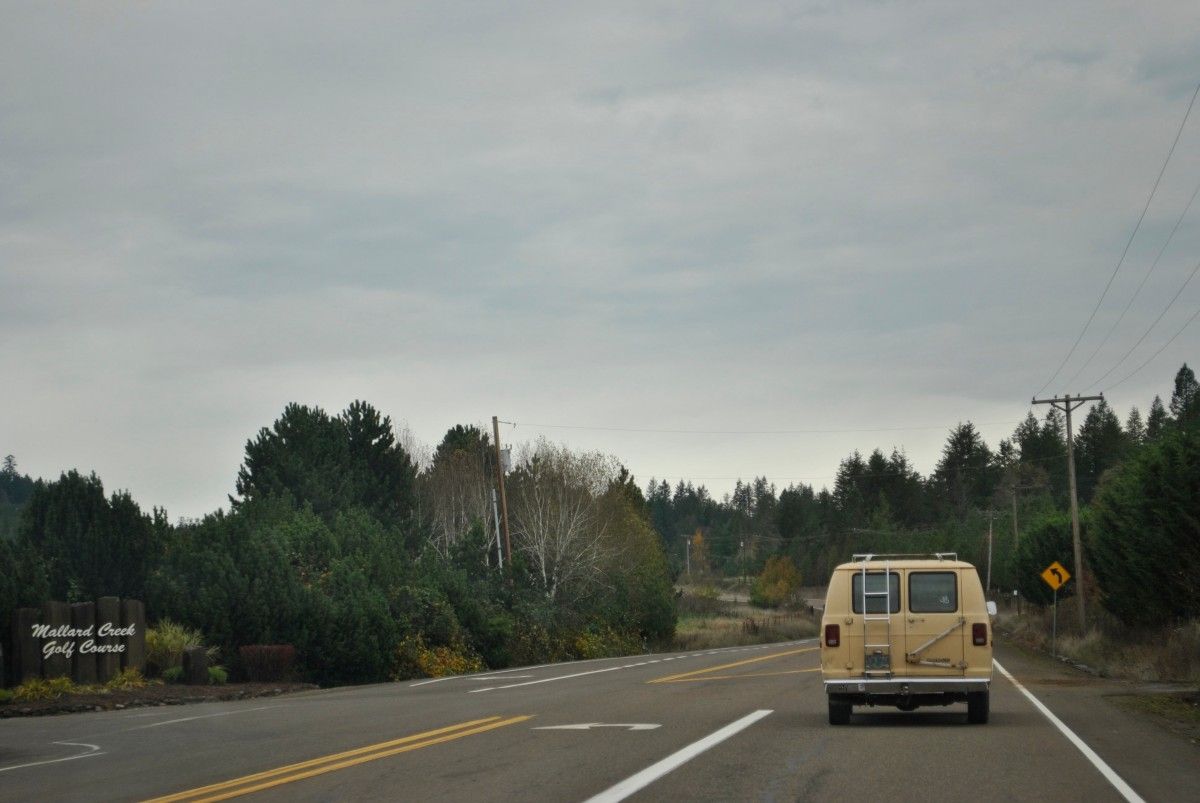Highway Driving Assist (HDA) is an advanced system available in the models of a few carmaker brands — Hyundai, Kia, and Genesis, to be precise. Consisting of a bunch of technologies, this system helps drivers to drive more efficiently and safer on highways and motorways. It controls the vehicle’s speed, steering, and a couple of other functions to avoid any possible accident.
What Is Highway Driving Assist?
The driving assist system is an advanced program that is designed for assisting cars in better driving for limited-access highways. The system consists of several features, including GPS data, route information, lane assistance system, adaptive cruise control, and distance maintenance technology. It constantly monitors the speed and direction of a vehicle, so it can correct the metrics if needed.

As HDA is connected to the navigation system, it collects that information to determine the location of the car, whether it’s on a motorway or highway. It applies the correct speed set for that specific road (given the driver is overspeeding). It also uses the front view camera and front radar to collect the lane information and keep a safe distance from the vehicle ahead. By applying a handful of preventive safety measures, the HDA reduces driver stress.
If you are looking for the best vehicle for highway driving, go for the latest 2021 Genesis G80 and GV80. Both models are equipped with the next-gen HDA II. it comes with a machine learning capability for a better response to the driving behavior.
How Does Highway Driving Assist Work?
The HDA actually uses a couple of vehicle accessories to operate. It uses GPS technology, the map database of the navigation system, and the front-side camera and radar. Because of its access to the navigation database, the system knows whether you are on a city road, interstate, or highway.
The adaptive cruise control feature makes use of the front radar to calculate the distance from the traffic ahead. It adjusts this distance automatically regarding the vehicle’s speed change. It also responds to the lane changing or exiting the vehicle in front of you.
If you want the HDA to adjust the speed automatically, you can set a low or high speed limit in the system. It also kicks in when the posted limit changes. In that case, the car will slow down to ensure the highest safety when crossing interstates or transit ramps.
The lane control feature uses a camera to detect the lane markings on a road. The HDA system then makes minor steering changes to keep the car close to the lane’s center point. However, to enjoy the automatic steering correction, you have to manually activate this feature by pressing the designated button.
SEE MORE
Conclusion
A Highway Driving Assist can protect you from various safety hazards on limited-access highways. However, to enjoy the service, you must drive on an approved road and keep the car speed under 95 mph. Also, this system won’t work in adverse weather conditions, such as rain and snow.



